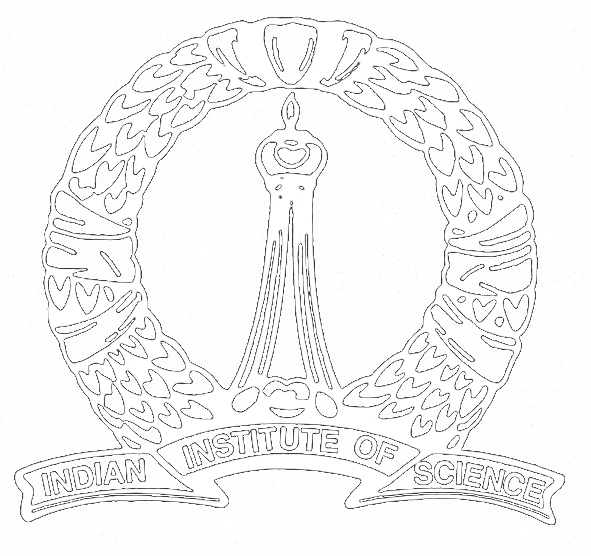Title: In praise of Khahara
Speaker: Amartya Kumar Dutta (ISI Kolkata)
Date: 08 April 2024
Time: 2 pm
Venue: LH-1, Mathematics Department
It was in ancient India that zero received its first acceptance as an integer in its own right. There was an awareness about its perils and yet ancient Indian mathematicians not only embraced zero as an integer but allowed it to participate in all four arithmetic operations, including as a divisor in a division.
But division by zero is strictly forbidden in the present edifice of mathematics. Verses from mathematical giants like Brahmagupta and Bhaskaracharya referring to numbers with “zero in the denominator” shock the modern reader. Certain examples in the Bijaganita of Bhaskaracharya appear as absurd nonsense.
But then there was a time when square roots of negative numbers were considered non-existent and forbidden; even the validity of subtracting a bigger number from a smaller number (i.e., the existence of negative numbers) took a long time to gain universal acceptance. Is it possible that we have simply bound ourselves to a certain safe convention and that there could be other approaches (“mathematical models” in fancy language) in which the ideas of Brahmagupta and Bhaskaracharya, and even the examples of Bhaskaracharya, will appear not only valid but even natural?
Enterprising modern mathematicians have created elaborate legal (or technical) machinery to overcome the limitations imposed by the prohibition against use of zero in the denominator. The most familiar are the methods of calculus with its concept of limit, results like l’Hopital’s rule, and a language which enables one to express intuitive ideas like $\frac{1}{0} = \infty$ through legally permitted euphemisms. Less well-known are the devices of commutative algebra and algebraic geometry like “localisation” which describes a legal structure for directly writing fractions with zero in the denominator without any subterfuge, and the more sophisticated ideas of “valuation theory” which admit multiple levels of infinities and thereby provide higher-dimensional analogues of l’Hopital’s rule.
In this talk we shall present an algebraic model proposed by Prof. Avinash Sathaye for understanding Bhaskaracharya’s treatment of khahara, (numbers with) zero in the denominator. A crucial ingredient of this model is the important concept of “idempotent” in modern abstract algebra (elements $e$ satisfying the relation $e^2=e$). To historians of mathematics who have tried to interpret Bhaskaracharya’s khahara in the light of calculus, the examples in Bijaganiita appear as absurdities. But all difficulties disappear in the light of the algebraic treatment based on idempotents. A verse from the commentary of Kr.s.n.adaivaj˜na indicates that idempotence was indeed envisaged as a natural property of numbers like zero and its reciprocal, the khahara.
Prof. Sathaye’s interpretation of Bhaskaracharya’s khahara also gives a new meaning to certain mysterious utterances of Ramanujan recorded by P.C. Mahalanobis. In the light of valuation theory, Bhaskaracharya’s khahara not only deserves our praise, perhaps they indicate unexplored possibilities!
- All seminars.
- Seminars for 2024
